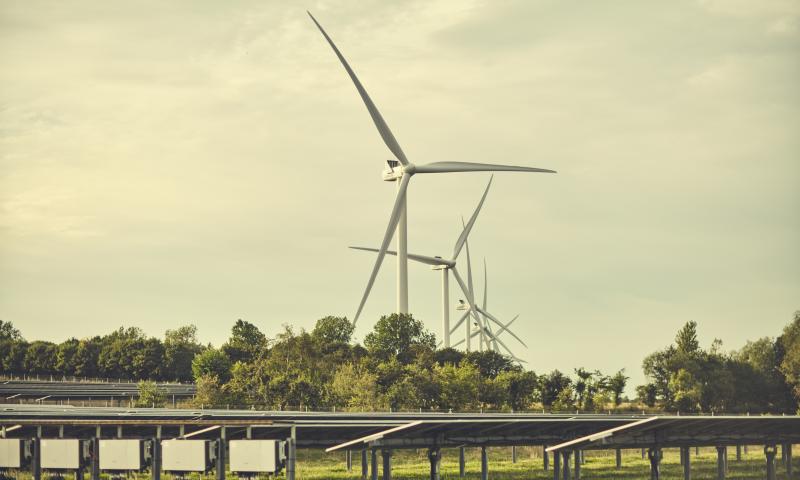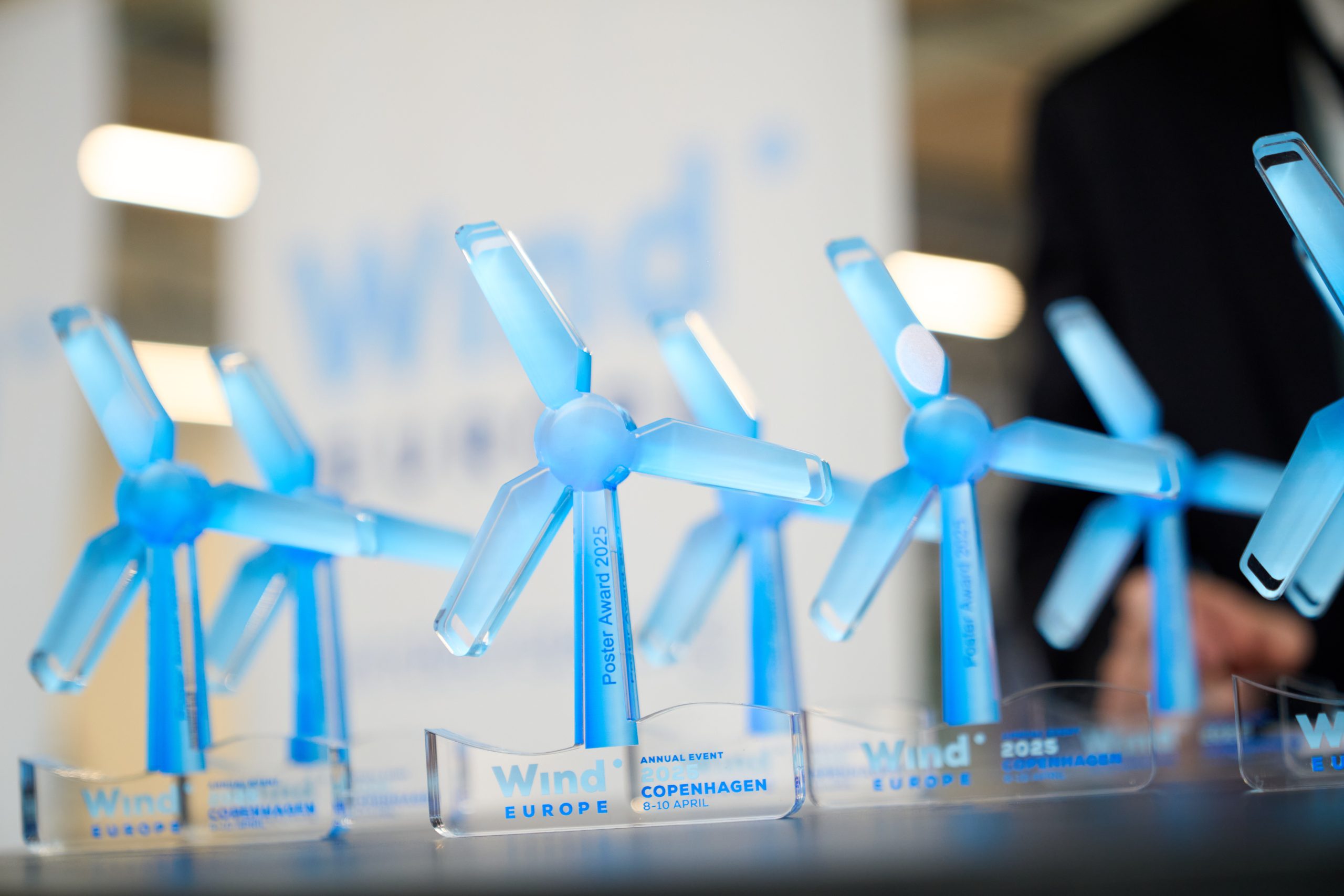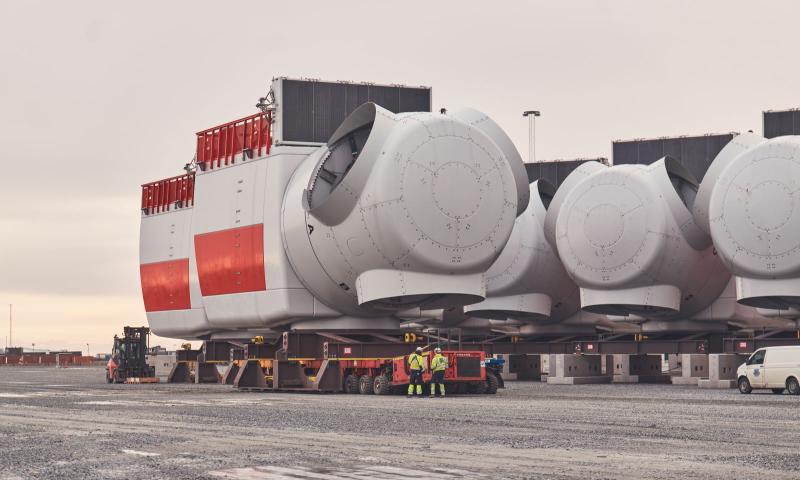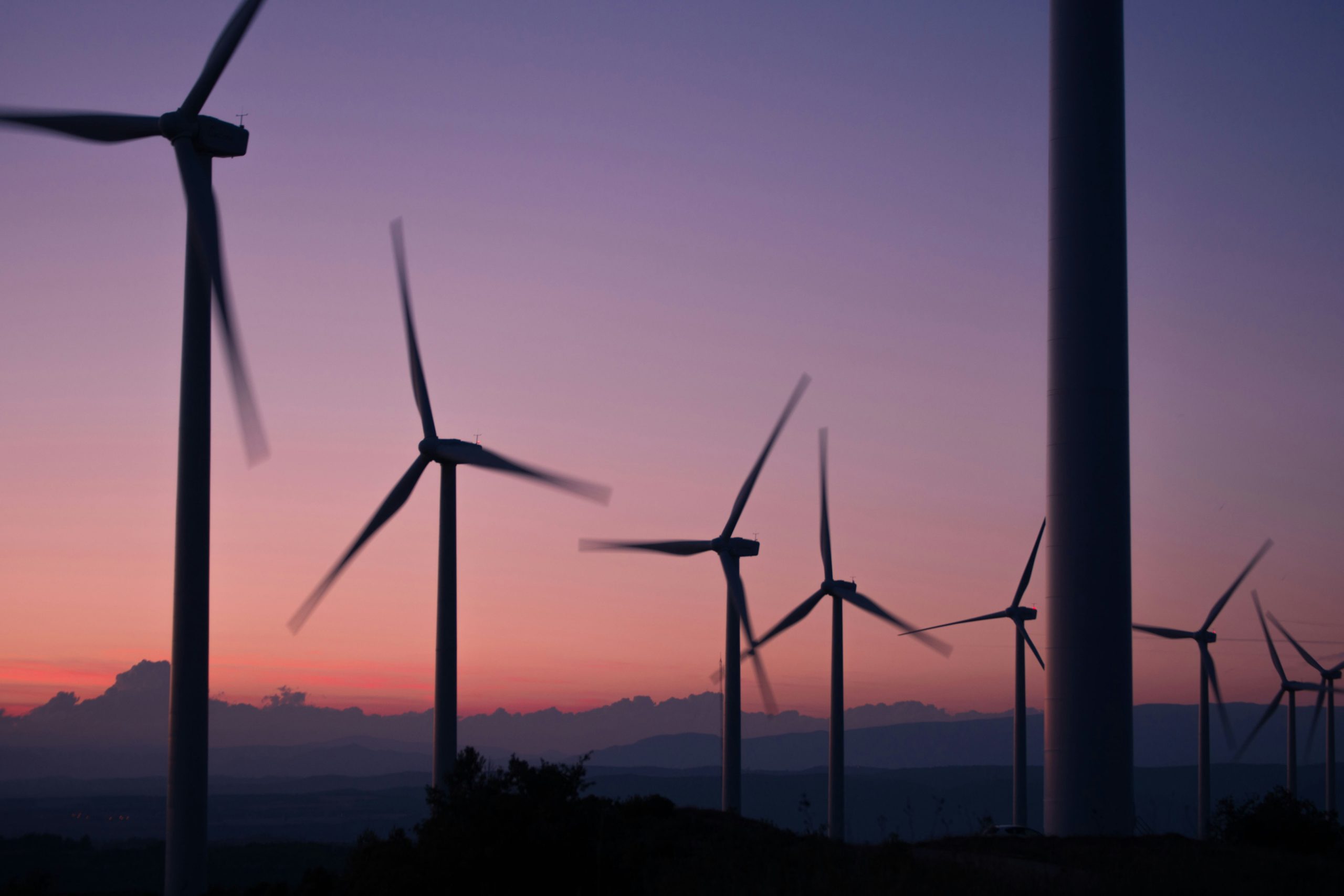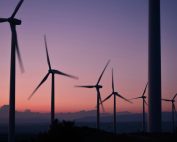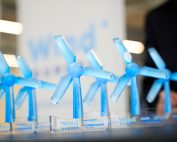Paweł Wróbel, BalticWind.EU: The symbol of the Netherlands is the windmill. Does Dutch history and tradition influence how wind energy is perceived and what role it plays today?
Daphne Bergsma, Ambassador of the Kingdom of the Netherlands to Poland: The Dutch relationship with wind and water has always been there. As a country below sea level, windmills have played a crucial role in the reclamation of a large part of the Netherlands, pumping excess water. This has created our ‘polder landscape’ in the western part of the country.
The Netherlands started developing wind energy technology in the mid 1970’s and has been a key player ever since, both onshore and offshore, along the whole supply chain. In fact, the Netherlands was one of the first countries to install wind turbines offshore: in 1994 the Lely offshore wind farm was installed in the shallow waters of the ‘IJsselmeer’ and comprised four 0.5 MW NedWind 40/500 turbines which had a rotor diameter of 40m. Almost three decades later, we have surpassed all earlier expectations, entering a period of zero-subsidy development for offshore wind in the Netherlands and the use of 11 MW turbines with rotor diameters of 200m.

There are ideal conditions in the Dutch North Sea for building offshore wind farms. We have good wind and water conditions and a seabed that is good to build on and not too deep. This makes building wind farms relatively easy compared to other seas.
Therefore, offshore wind energy is one of the most important pillars of climate policy in the Netherlands. By 2050, we want our energy supply to be climate neutral. This means the way we use energy does not contribute to climate change. The generation of energy from offshore wind is indispensable in this respect.
What is the Dutch development plan for offshore wind? What are the conditions for success?
More offshore wind energy is needed to achieve the climate goal of a 55% reduction of CO2 emissions by 2030 compared to 1990. In 2022, the Dutch Government raised its target for offshore wind capacity from 11 GW to 21 GW by 2030/2031. Achieving this target means offshore wind will supply 16% of Dutch energy needs. It also equates to approximately 75% of our current electricity consumption.
The entire article is available in the Quarterly Country Report Q1/2023




